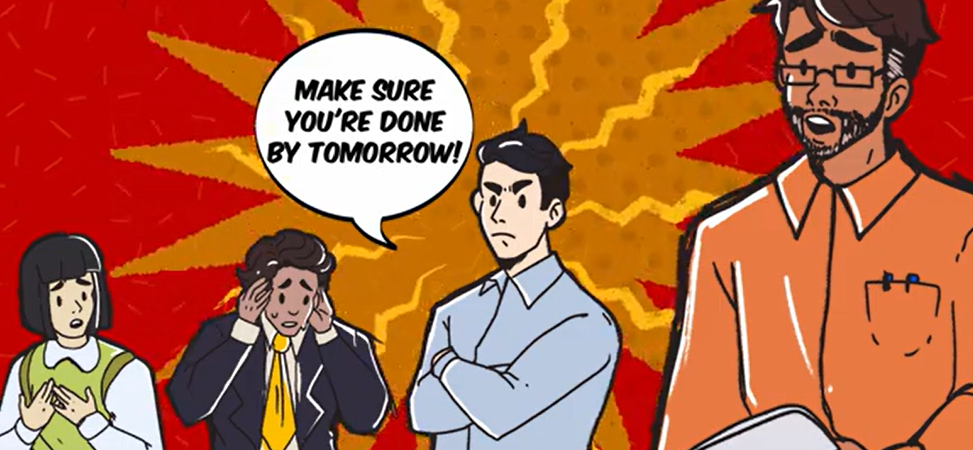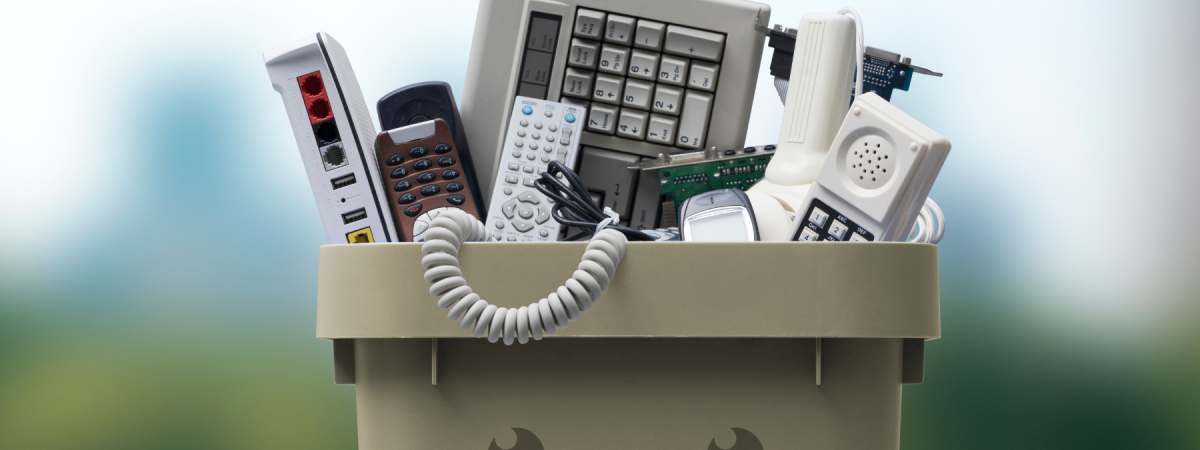Jessica Pett / December 16, 2024
Are You Throwing Away Money Due to Illegal Dumping?
Disposing of waste in unauthorized locations like dumpsters on unattended private properties, remote locations, and access roads, has been on the rise and could be negatively affecting your business in more ways than one. It’s been estimated that there are nearly 100 million tons of illegally dumped waste in the world. Americans alone are estimated to illegally dump almost 1.5 million tons of trash each year. In this article, we discuss the ways in which you can prevent having to throw money away at the hands of illegal dumpers.
Dealing with waste is a messy job and the costs associated with that aren’t any more pleasant, so many turn to illegal dumping – placing the financial responsibility and physical work of removal on somebody else. Those who partake in this practice often do so to save money, for convenience, they know that their city or state has lax enforcement around it, and/or they are ignorant of the severity of the potential consequences.
In the United States, the laws and regulations surrounding illegal dumping can vary, but the overall consensus is that it is a felony crime and, in some states, can carry a fine up to $18,000 in extreme cases. The problem is that illegal dumping often occurs during the night in uninhabited or unattended, poorly lit locations, making it difficult to catch the perpetrator. The property owner is then left responsible for the waste and the costs associated with it and the dumper is free to dump another day. The city/state will rarely, if ever, assist in the removal of dumped waste on any private property.
As a business owner, this should be raising a lot of red flags for you.
As previously mentioned, unattended locations in the night are the most common dumping grounds, so businesses with typical operating hours would fall into this category. Once a dump site has been established, it often becomes a recurring issue as it attracts others involved in the same activity- knowing it’s a location people have gotten away with it.
On average, it costs $600 per ton to clean up dumped waste. This can become an extremely costly problem for your business if gone unaddressed. Not to mention, the reputation of your business could take a hit too – it isn’t a good look to the community, being a common dumping ground and it could also portray that your business doesn’t care about the dangerous impacts it could cause, if there is constantly waste lying around your business.
Here are some proven ways to prevent illegal dumping on your property:
Education: Participate in, provide or promote educational programs for the public that inform on the harm caused by illegal dumping in the form of workshops, social media posts, brochures, etc. This can gradually affect change in attitudes and behaviours on the subject.
Ease of disposal: Keep your dumpsters as out of sight as possible but still near your building. Ensure your bins are locked outside of business hours. Hang signage that outlines the fines for illegal dumping and the fact that cameras are monitoring the area.
Legal Enforcement: Be aware of the laws and regulations in place in your state and follow through with reporting on them when incidents occur. While this can be time consuming, it will save you time and money in the long run.
Security monitoring: Cameras, lighting, and physical security are all surefire ways to halt these behaviours. Again, this can be an additional expense but in the long run will be much more cost effective than paying to have the dumped waste cleaned up at every occurrence.
Being proactive in the fight against illegal dumpers in your area is the best and most effective way to change behaviours. Your community will thank you and so will your bottom line.











